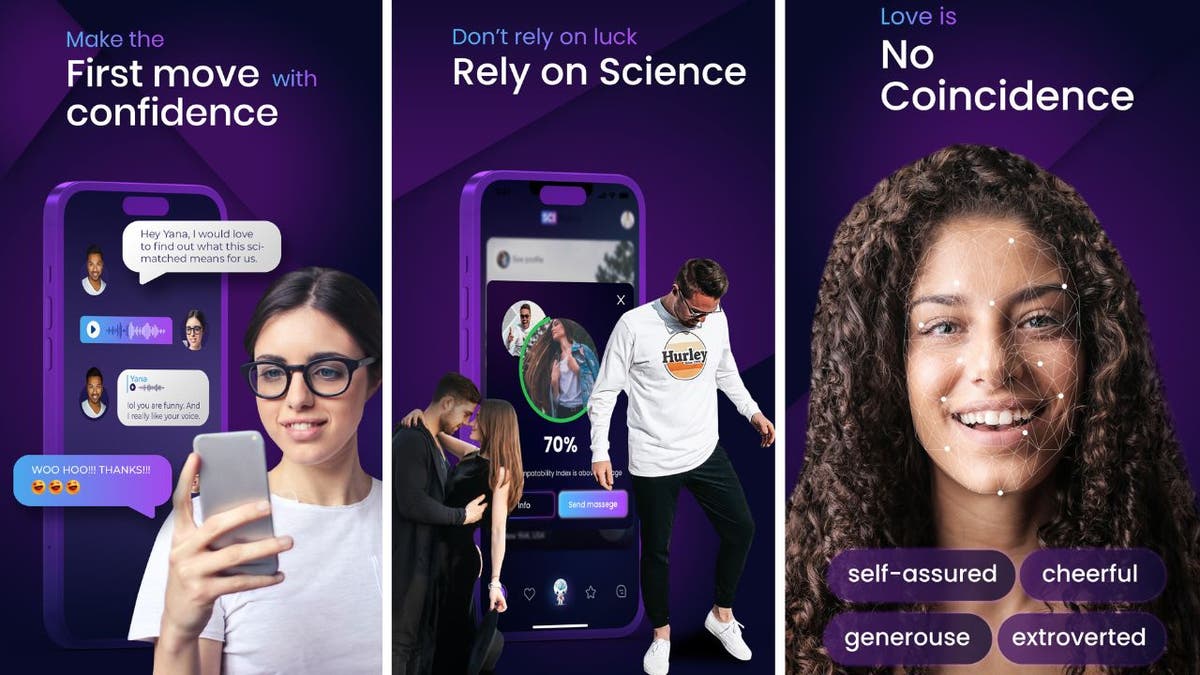AI Transforms Dating Apps, Reduces Swiping in 2025
AI transforms dating apps in 2025, reducing swiping and enhancing matchmaking with personalized, data-driven connections.

AI Transforms Dating Apps, Reduces Swiping in 2025
Artificial Intelligence (AI) is fundamentally transforming the landscape of dating apps in 2025, making the traditional swipe-right culture increasingly obsolete. Leading platforms like Tinder, Bumble, and Hinge are integrating advanced AI technologies to provide smarter, faster, and safer matchmaking experiences, moving beyond the superficiality of manual swiping to personalized, data-driven connections.
From Swiping to Intelligent Matchmaking
Traditional dating apps have long relied on users manually swiping through profiles, a process often described as time-consuming and inefficient. AI changes this by analyzing vast amounts of data—from user preferences and behavior to communication styles and photo choices—to suggest compatible matches automatically. Instead of users endlessly swiping, AI-driven apps curate potential partners who share genuine interests, values, and communication patterns, significantly increasing the likelihood of meaningful connections.
For example, AI algorithms can detect subtle patterns such as shared hobbies, conversational tone, or even preferred messaging length. This not only accelerates the matchmaking process but also enhances compatibility by pairing users who communicate in similar ways, reducing misunderstandings and improving engagement.
Key AI Features in Modern Dating Apps
-
Profile Optimization: AI tools assist users in creating compelling profiles by suggesting photo selections and improving bio content to highlight their best attributes. For instance, Tinder has rolled out an AI Photo Selector powered by OpenAI that analyzes users' photos and recommends the ones most likely to attract interest.
-
Personalized Matchmaking: Machine learning models analyze user data to predict the best matches, going beyond simple filters like age or location. This personalized approach adjusts dynamically as the user interacts with the app, learning preferences in real-time.
-
Communication Assistance: AI-powered chatbots and icebreaker suggestions help users initiate and maintain conversations. Bumble’s AI-enhanced icebreakers and curated "Best Bees" match lists are examples of this innovation, aimed at reducing awkwardness and improving interaction quality.
-
Fraud Detection and Safety: AI monitors profiles and messages to identify fraudulent accounts, fake profiles, and abusive behavior using facial recognition, anomaly detection, and sentiment analysis. This creates a safer environment and builds trust in the platform.
-
Emotional Intelligence and Virtual Dating: Emerging AI capabilities include recognizing emotional cues and supporting virtual dating experiences, which are becoming more prevalent post-pandemic. AI can tailor virtual dates to user preferences, making digital interactions more engaging and authentic.
Market Impact and Adoption Trends
The dating app industry is experiencing robust growth, with revenues reaching $6.18 billion in 2024 and projections estimating a rise to over $14 billion by 2030, growing at a CAGR of 7.6%. This financial surge is largely driven by AI innovations fueling user engagement and satisfaction.
Match Group’s 2025 “Singles in America” study highlights the rapid adoption of AI in dating: 26% of singles now use AI tools to enhance their dating experiences, representing a 333% increase from the previous year. Nearly half of Gen Z singles have employed AI for tasks such as profile crafting or compatibility screening, underscoring the technology’s penetration among younger users.
Challenges and Ethical Considerations
Despite its benefits, AI in dating apps also raises concerns. Overreliance on algorithms could narrow users’ dating pools, potentially reinforcing biases if AI models are not carefully designed. Privacy issues emerge as apps collect and process sensitive personal data. Additionally, the authenticity of AI-driven communication assistance may blur lines between genuine interaction and automated responses.
Developers are actively working on addressing these challenges by implementing transparency in AI operations, enhancing data security, and ensuring diversity in training datasets.
Future Outlook
The future of dating apps lies in deeper AI integration, combining emotional intelligence, virtual reality, and predictive analytics to create immersive, personalized dating ecosystems. Intelligent matchmaking concierges may soon act as personal dating assistants, guiding users through the entire dating journey with nuanced support.
In 2025 and beyond, AI is not only simplifying the search for love but also reshaping social dynamics, making dating more efficient, safer, and tailored to individual needs.
Visual Elements to Illustrate
- Official logos and screenshots of Tinder, Bumble, and Hinge showcasing AI-powered features like photo selection and icebreakers.
- Infographics depicting AI matchmaking algorithms and personalized dating flows.
- Charts illustrating market growth statistics and AI adoption rates in dating.
- Images representing virtual dating environments enhanced by AI.
This AI-driven transformation marks an evolution from the era of endless swiping to a future where technology facilitates deeper human connections with precision, safety, and personalization at its core.



